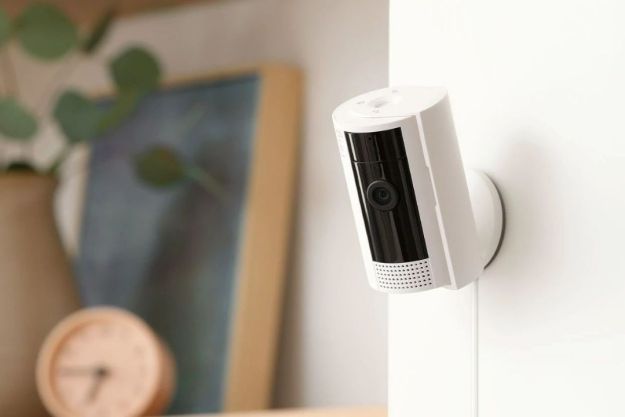A new lawsuit targets Amazon and Ring, alleging the companies did not provide “robust” enough security to prevent hackers from gaining access to various smart home devices. The lawsuit, filed by Alabama resident John Baker Orange, follows Orange’s claim that a hacker breached his security cameras and began talking to his children while they played basketball outside.
As the world becomes more interconnected, cybersecurity concerns are inevitable. The numerous breaches that occurred over the past year have raised eyebrows — and now consumers are fighting back.
For parents, the idea of a stranger entering their home through their Wi-Fi network is a nightmare come true. A video has spread around the internet of a man speaking to an eight-year-old girl in her bedroom and trying to convince her that he is Santa Claus. That breach was specific to Amazon and Ring, but other companies are not immune to the problem. Nest has suffered numerous hacks of its own, including instances where hackers took control of a smart thermostat and manipulated the temperature inside a home.
The lawsuit against Amazon and Ring was filed Thursday in the U.S. District Court of the Central District of California, which makes it a federal lawsuit. John Baker Orange is represented by John Yanchunis. The lawsuit is focused around Amazon and Ring’s alleged negligence with regard to security practices. Ring blamed the security breaches on poor password practices and the lack of two-factor authentication, but Ring does not require users to enable two-factor authentication. The company has previously stated that it plans to improve security.
The class-action lawsuit holds Ring responsible for damages due to negligence, invasion of privacy, breach of the implied warranty, breach of the implied contract, unjust enrichment, and unfair competition. The total aggregated claims of class members in the suit exceed $5 million, exclusive of interests and costs.
The outcome of the lawsuit won’t be known for some time, but its existence might be enough to galvanize smart home companies to take action against subpar cybersecurity practices — and consumers to tighten their security. Though consumers should implement strong passwords, two-factor authentication, and any other protections available to them, cybersecurity is only as strong as its weakest point.
Editors' Recommendations
- Ring is launching its first integrated pan-tilt security camera later this year
- Blink Mini 2 vs. Nest Cam (Indoor): Which is the better affordable security camera?
- Ring Stick Up Cam Pro vs. Canary Pro: Which is the better security camera?
- Tapo C120 vs. Ring Stick Up Cam Pro: is the expensive Ring security camera worth it?
- Ring Indoor Cam vs. Arlo Essential Indoor Camera: which is best?



